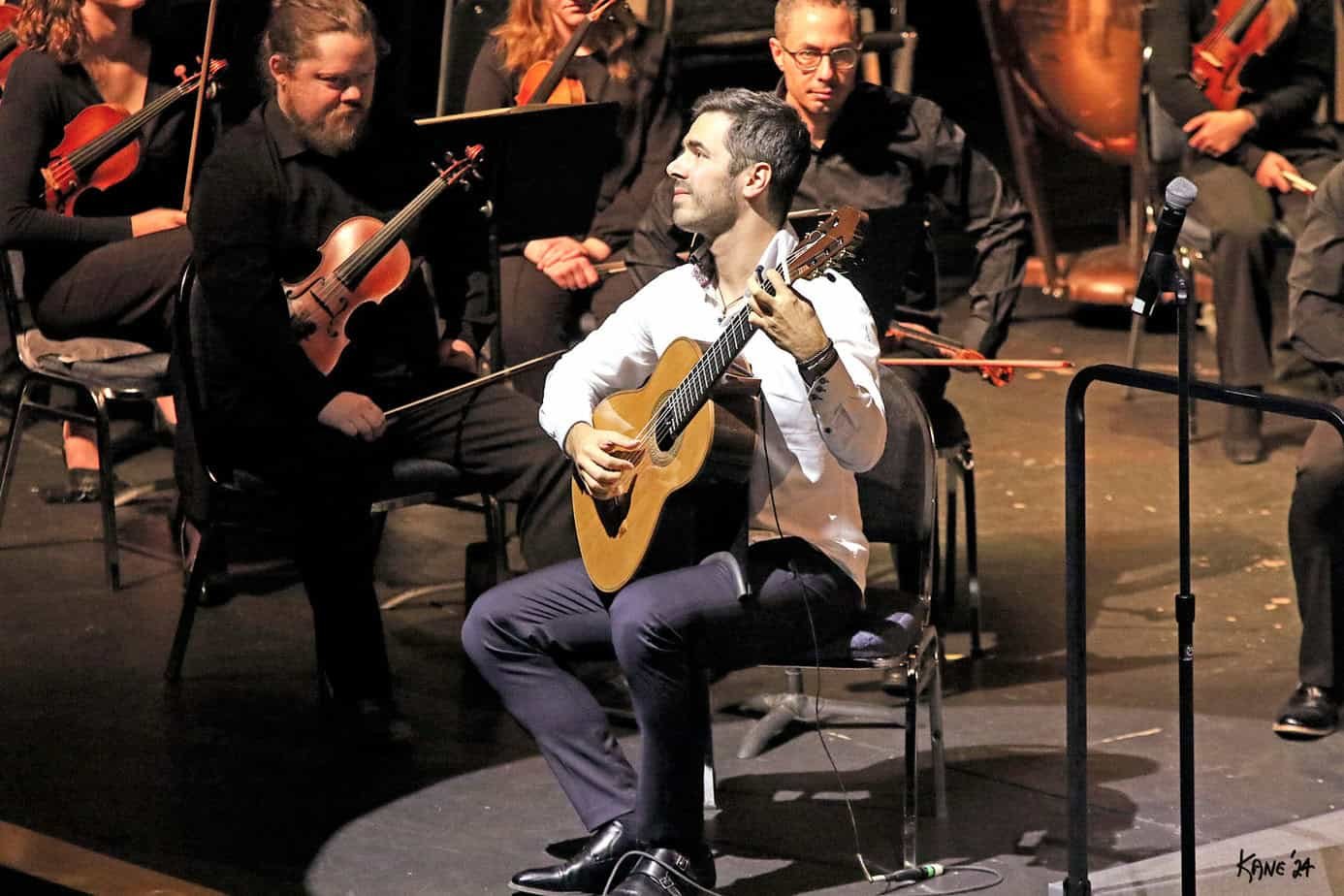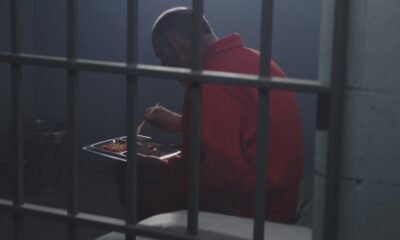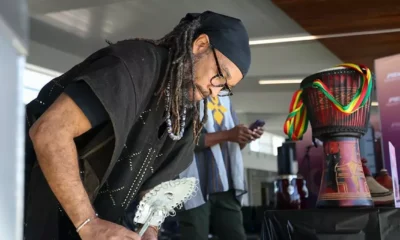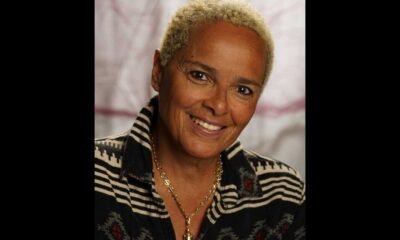arts and culture
Sedona Symphony Unveils an Unexpectedly Dazzling Season Opening

The Sedona Symphony kicked off its 20th season at the Sedona Performing Arts Center on Sunday, October 20, introducing a series of unexpected performers and a captivating guitar concerto.
Due to unforeseen illness, both Artistic Director Janna Hymes and concertmaster Sara Schreffler were absent. The baton was handed to Charles Latshaw, director of the Flagstaff Symphony, while Luke Hill stepped into the concertmaster’s role.
Margaret Davis, president of the Board of Trustees, highlighted recent personnel shifts within the symphony. The impact was evident from the first notes of the overture from Rossini’s opera “L’Italiana in Algeri,” initially scheduled for last season. Latshaw described the experience as fortuitous, leading an overture composed at the last moment alongside an unexpected conductor. The united sound of the violins, combined with the robust basses, established a cohesive ensemble that skillfully navigated the challenges of Rossini’s complex dynamics.
Latshaw’s conducting demonstrated precision and energy, effectively managing dynamic contrasts. However, his choice to interpret several accents before the final crescendo as ritards momentarily complicated the performance. Despite this, the urgency of the piece retained an exciting atmosphere, inviting comparisons to memorable operatic performances.
The afternoon’s solo piece featured Joaquin Rodrigo’s “Concierto de Aranjuez,” showcasing Slovenian guitarist Mak Grgic. Instantly captivating, Grgic brought an effortless flair to the piece, while the orchestra provided a grand backdrop, evoking a sense of expansive Spanish landscapes. The concerto’s second movement, rich in romanticism, highlighted Grgic’s exceptional artistry against a delicate orchestral dialogue, particularly from the strings and oboe.
A sharp contrast emerged in the third movement, lively and reminiscent of classic film scores. The orchestra, with its horns and woodwinds, complemented Grgic’s spirited guitar work. The encore, a Macedonian folk song infused with flamenco rhythms, encapsulated the energetic spirit of the performance.
The orchestra’s newly refined sound resonated during Felix Mendelssohn’s Symphony No. 4, known as the Italian Symphony. The basses contributed significantly, enhancing the balance within the ensemble. Latshaw’s interpretation was assertive, injecting vigor into the familiar score. The second movement began with a sense of foreboding, giving way to a lighter, more melodic reprise. The violas particularly shone during this section, demonstrating growth since last year’s performances.
Mendelssohn’s third movement showcased elegance, allowing the violins to dominate with a classical flair. A shift in urgency complemented the overall narrative, marked by moments reminiscent of Mozart’s emotional complexity. The ensemble exhibited distinct control during the finale, effectively maintaining energy and clarity under Latshaw’s guidance.
Anticipation builds for the next concert set for November 17, featuring Chamber Music Sedona Artistic Director Nick Canellakis as the soloist and Georges Bizet’s Symphony No. 1. Attendance is notably increasing, with a younger audience drawn to the symphony’s offerings, marking a vibrant moment in Sedona’s cultural scene.

















